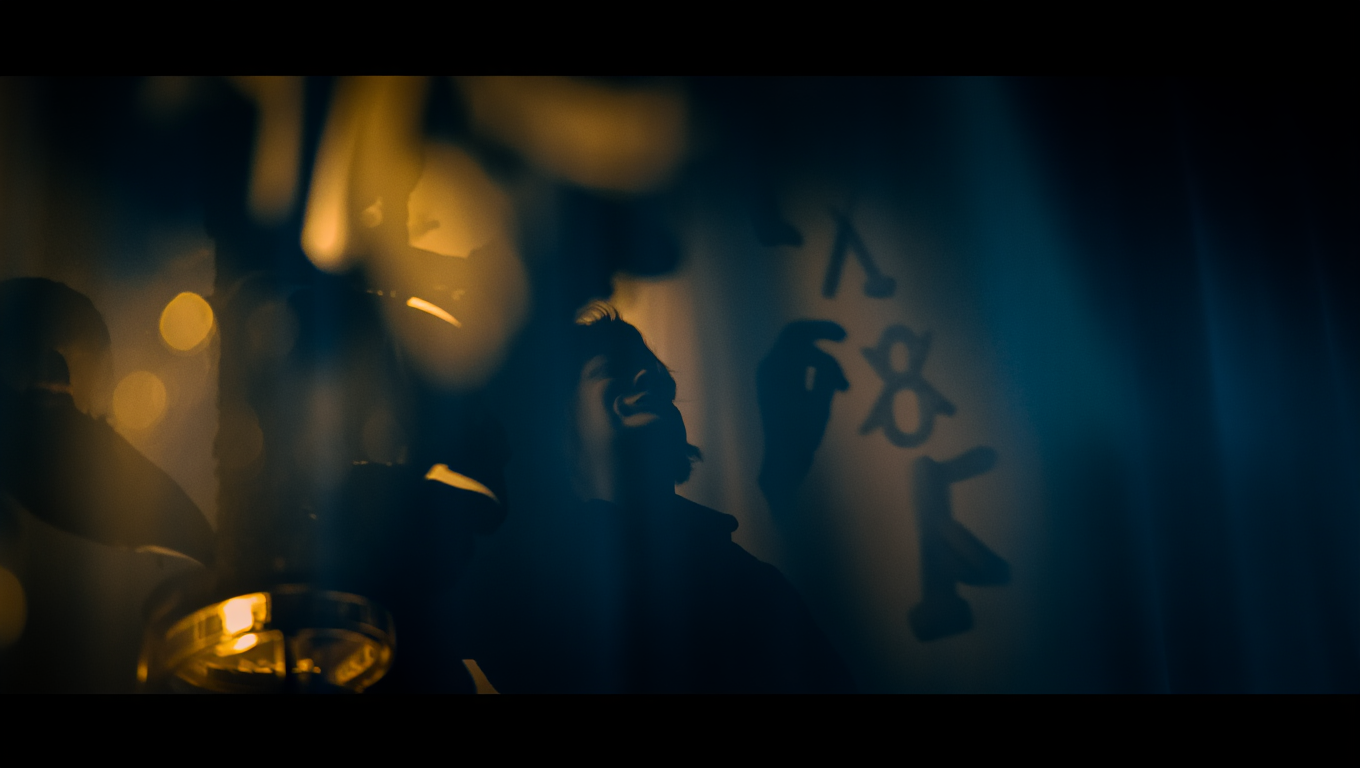My Experience with the Celtic Tree Horoscope
Have you ever stumbled upon a personality test so oddly accurate that you had to double-check if someone was spying on you? That’s how I felt when I first discovered the Celtic Tree Horoscope. Unlike the classic Western zodiac or numerology, this system links your birth date to one of 13 sacred trees. Each tree, from sturdy Oak to mysterious Willow, comes with its own quirks and wisdom. I was skeptical, but as a consultant who tries to balance spiritual curiosity with real-world practicality, I couldn’t resist giving it a go. Here’s what happened—and how it genuinely helped me shape my daily routine and consulting style.
What Is the Celtic Tree Horoscope?
The Celtic Tree Horoscope (sometimes called the Druid Tree Calendar) assigns a tree to each period of the year. These trees are more than mere symbols; they’re like green, leafy archetypes for personality and growth. The system is grounded in ancient Celtic traditions, but in practice, it’s just as useful for modern professionals seeking a new angle on self-understanding or team dynamics.
“You don’t need to believe in magic to benefit from a new perspective or a moment of honest self-reflection.”
What I loved instantly: it’s less about fortune-telling, more about self-discovery. Think of it as a personality quiz, but with more oxygen and less astrology jargon.
Finding My Tree: The Hazel Experience
After a quick search, I found my birth date matched the Hazel tree (August 5-September 1). Hazels in Celtic lore are associated with wisdom, keen observation, and a slightly nerdy love for systems and patterns. (If you know me, this is hilariously spot-on.)
- Positive traits: Analytical, insightful, good at teaching others.
- Challenges: Can overthink, sometimes get lost in details, a bit reserved.
- Work style: Prefers structure, enjoys research, loves sharing knowledge in bite-sized chunks (guilty as charged).
This wasn’t just flattery. The “challenges” section hit a nerve. I realized I often hide behind information, especially when I’m nervous or overwhelmed.
How I Used the Celtic Tree Horoscope in My Work
At first, I thought, “Cool, but now what?” Then I started experimenting with small tweaks based on Hazel’s traits. Here’s my 15-minute approach for using your tree sign as a practical tool—not just a fun fact for parties.
Step-by-Step: 15-Minute Celtic Tree Reflection Ritual
- Find your tree sign. Use a reliable site like Learn Religions to match your birthday to a tree.
- Read the description honestly. Jot down which traits actually feel true (both strengths and “growth areas”).
- Choose one trait to focus on this week. For me, it was “sharing knowledge without overthinking.”
- Set a micro-goal. Example: “I’ll write one 200-word tip for my clients, no editing allowed.”
- Check in after a week. Did leaning into your tree’s strength (or tackling a challenge) change anything for you?
This ritual isn’t mystical; it’s a way to pause, reflect, and experiment with a new growth strategy. Bonus: It really does only take 15 minutes.
Comparison Table: Celtic Tree Horoscope vs. Other Personality Systems
| Name | Key Feature | Number of Types | Practical Uses | Learn More |
|---|---|---|---|---|
| Celtic Tree Horoscope | Tree archetypes | 13 | Personal growth, team dynamics | Read guide |
| Western Zodiac | Planetary influences | 12 | Self-reflection, timing | astro.com |
| MBTI | Personality dichotomies | 16 | Career, teamwork | 16personalities.com |
Recommended Tools & Books
If you want to explore the Celtic Tree Horoscope or just love a good personality rabbit hole, these are my go-tos:
- The Celtic Tree Oracle – A beautifully illustrated oracle deck, handy for daily inspiration.
Pros: Gorgeous art, easy to use.
Cons: Not a deep-dive guide; more for quick insights.
Best for: Beginners, visual learners. - Celtic Tree Magic: Ogham Lore and Druid Mysteries – For anyone curious about the deeper roots (pun intended) of tree wisdom.
Pros: Thoughtful, well-researched.
Cons: Can get dense.
Best for: History buffs, ritual lovers. - Tree Spirit Wisdom: Celtic Oracle – Combines oracle cards with practical advice.
Pros: Actionable tips.
Cons: On the lighter side.
Best for: People who like a mix of inspiration and to-do lists.
Quick Checklist: Try the Celtic Tree Horoscope in 15 Minutes
- Find your tree sign. (Start here)
- List your strengths and growth edges.
- Pick one to experiment with this week.
- Set a small, realistic goal (something you can do in under 20 minutes).
- Reflect: How did it feel? What would you tweak next time?
Final Thoughts: Is the Celtic Tree Horoscope Worth Your Time?
Short answer: If you like personality frameworks and want a new angle, yes. It’s low-risk, low-fluff, and can spark real insights about how you show up at work or in relationships. But it’s not a replacement for therapy, coaching, or honest conversations with your team.
“Sometimes, all it takes is a 15-minute pause and a leafy metaphor to see yourself a little clearer.”
If you’re curious, grab a book or an oracle deck and see what your tree has to say. You might be surprised—at worst, you’ll learn something new about yourself; at best, you’ll get a fresh tool for your personal and professional toolkit.
Some links may be affiliate. You pay the same price, and this blog may earn a small commission.
Thank you for reading! If you have your own stories or questions about the Celtic Tree Horoscope, feel free to share them in the comments. Exploring these ancient systems can be both fun and eye-opening, especially when approached with a mix of curiosity and healthy skepticism. Remember, the goal isn’t to box yourself in but to use these insights as prompts for real, positive change—whether that’s tweaking your workflow, improving your communication, or just giving yourself a little more compassion on the tough days.
If you decide to try out any of the recommended decks or books, I’d love to hear which tree you got and how it resonated (or didn’t!). And if you’re looking for more practical guides on tarot, astrology, or mindful routines, check out the resources section or browse the rest of the blog for more 15-minute experiments and product roundups.
Stay curious, stay grounded, and remember: sometimes a tree is just a tree—until you notice it’s also a helpful mirror.







